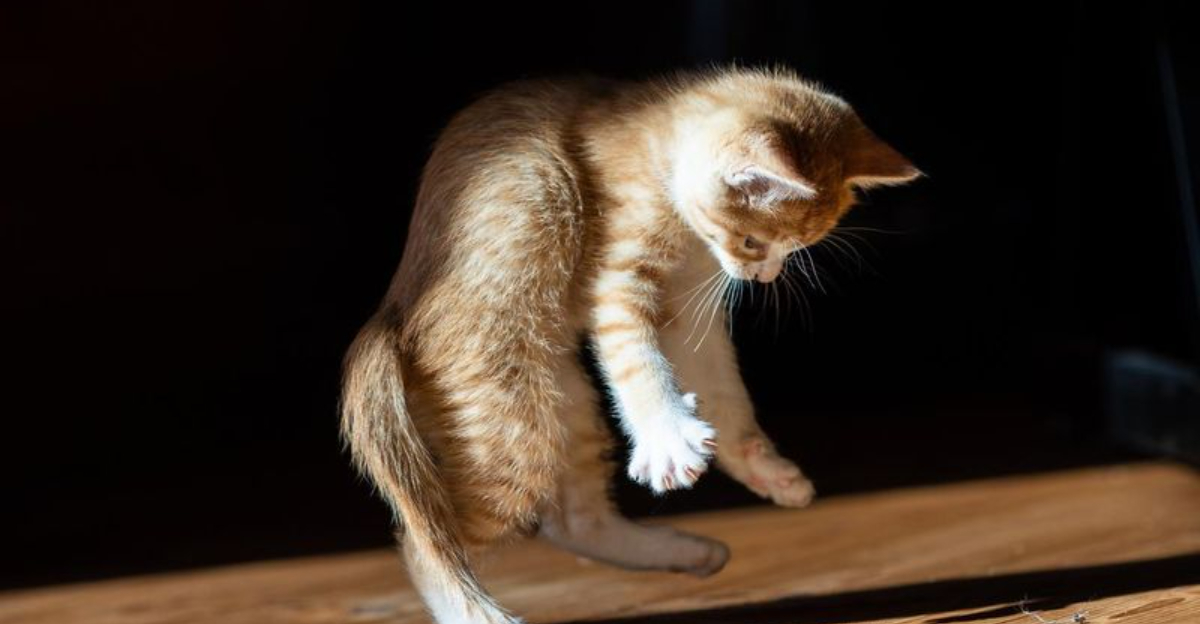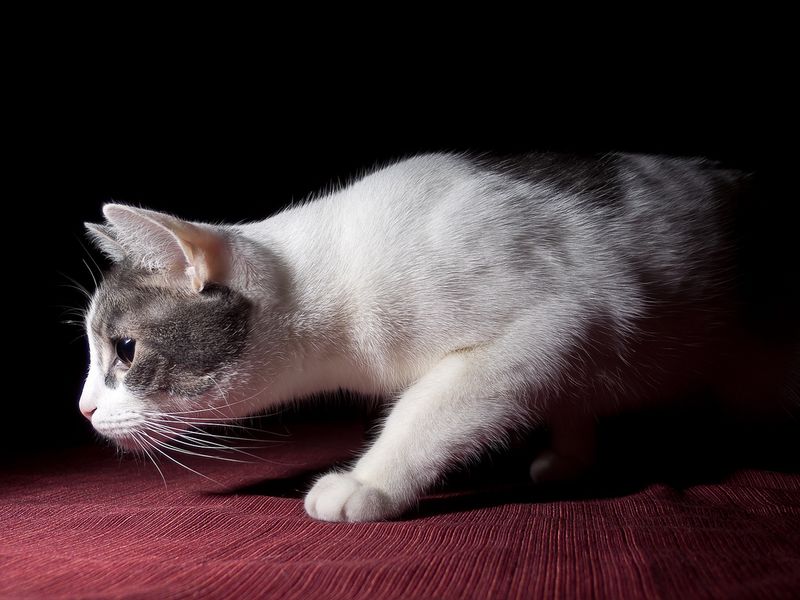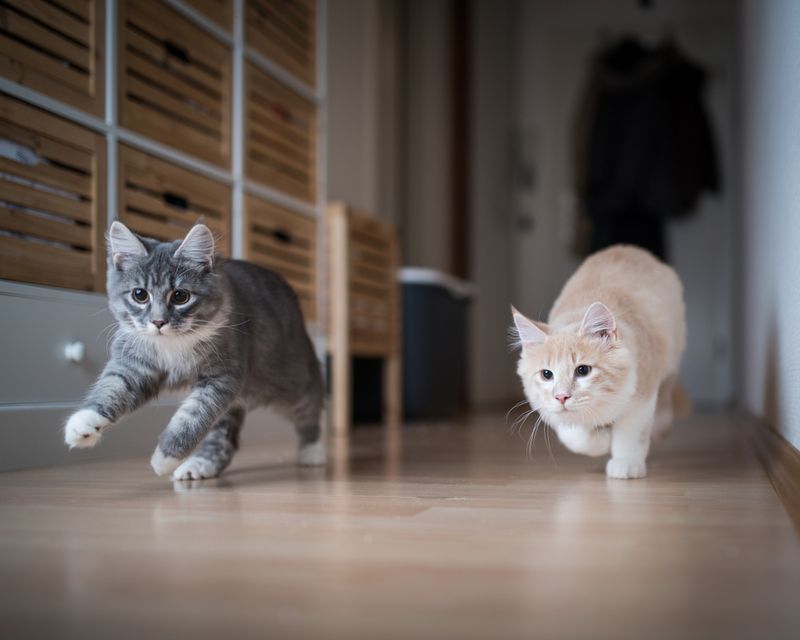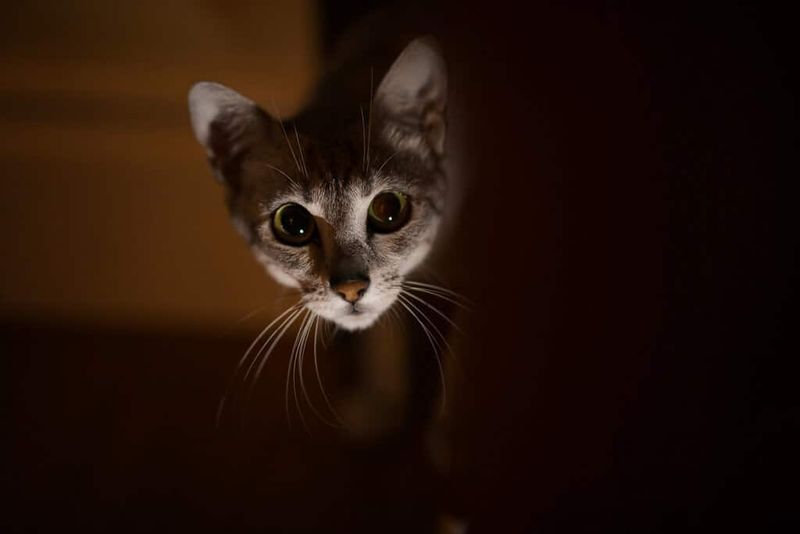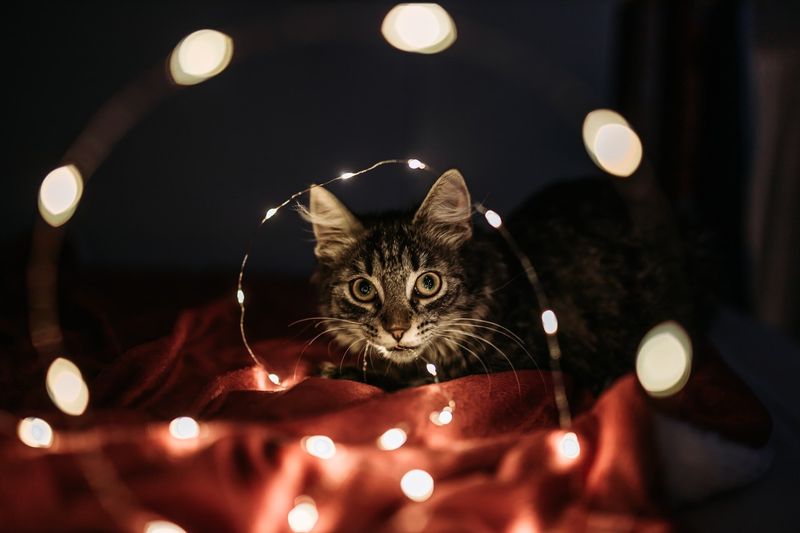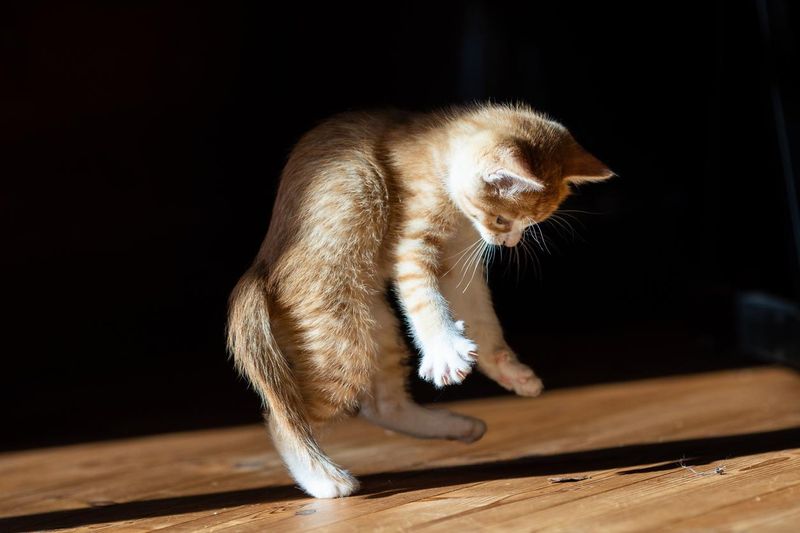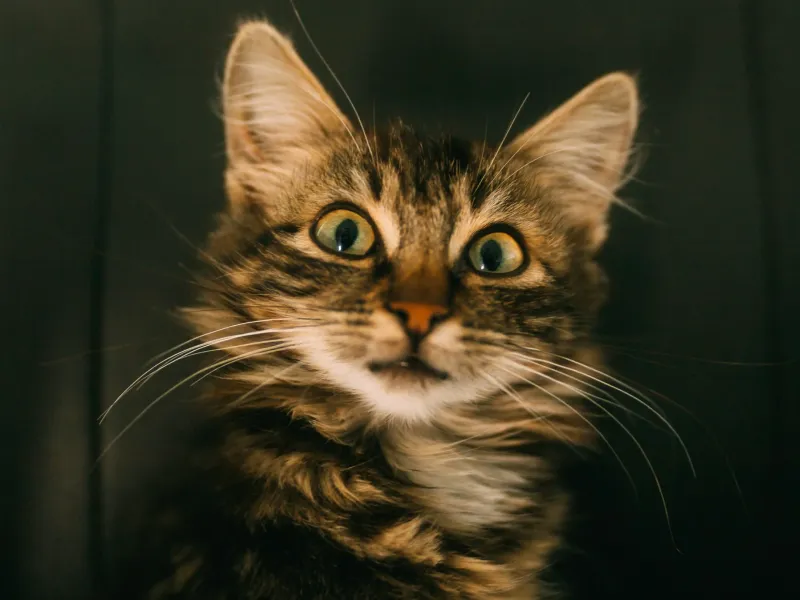📖 Table of Content:
Anyone who lives with a cat has likely experienced the strange phenomenon of their furry companion turning into a chaotic whirlwind right around 3 AM. As the rest of the world sleeps, your peaceful bedroom transforms into a racetrack, jungle gym, and concert hall, all rolled into one. This mysterious nighttime ritual, while baffling and sometimes disruptive, is deeply rooted in feline nature and behavior.
These late-night antics are far more than random bursts of energy. They are expressions of instinct, curiosity, and sometimes sheer boredom—all manifesting in a variety of “personalities” that seem to emerge only under cover of darkness. Understanding why your cat behaves this way can help bring a bit more peace to your nights and a deeper appreciation of your pet’s complex inner world.
In the following sections, we’ll explore eight distinct personalities your cat might unleash during the early hours. From the stealthy predator to the nosy explorer, each behavior reveals a facet of what makes cats so uniquely entertaining—and occasionally exasperating—companions. As you read through these wild midnight transformations, you may find yourself recognizing a few familiar behaviors (and maybe even naming them).
1. The Stealthy Hunter
Moving like a shadow across your living room, this version of your cat emerges with a quiet but intense focus. As if on the prowl in a savannah instead of your hallway, it stalks toys, slippers, and even stray dust bunnies. This behavior mimics the ancient hunting rituals of their wild ancestors, who thrived during the twilight hours. No matter how domesticated your cat may seem by day, the nighttime stirs something primal within. Their eyes dilate, bodies crouch low, and they channel the skills of a born predator. These mini-hunting sessions are less about actual prey and more about keeping their instincts sharp. It’s their way of rehearsing nature’s original role for them—silent, cunning, and always ready to pounce.
2. The Energetic Sprinter
Suddenly and without warning, your calm cat becomes a blur of fur, thundering through hallways and leaping off furniture with wild abandon. These outbursts, commonly known as “zoomies,” are your cat’s way of releasing excess energy. During the day, many indoor cats snooze in sunbeams with little physical activity to balance out their rest. Nighttime offers a quiet stage where they can let loose with no human interference. This personality might even sprint in circles or leap straight up walls like a four-legged parkour enthusiast. What seems like chaos is actually a healthy, if noisy, way for cats to stay physically and mentally engaged. They’re simply following their body’s demand to move after hours of feline idleness.
3. The Vocal Performer
Echoing through darkened hallways, this personality belts out midnight meows like a feline opera singer on tour. These vocalizations are often attempts to communicate—maybe for attention, food, or a misplaced toy. Not every meow is a demand; sometimes it’s a call to reconnect in the stillness of night. Cats are social creatures, and those with strong bonds to their humans may feel the need to “check in” when the house is silent. Some breeds, like Siamese, are especially prone to dramatic nighttime solos. The pitch, rhythm, and volume can vary wildly, turning a quiet night into an impromptu soundscape. It’s a reminder that when your cat wants something—or simply wants to be heard—they’re not shy about making their presence known.
4. The Curious Explorer
Paws tapping softly against closed doors, this version of your cat treats your home as uncharted territory waiting to be investigated. Despite living in the same space every day, the cover of night seems to reset their internal map, urging them to reexamine everything from bookshelves to bathtubs. Curiosity isn’t just a quirky trait—it’s a deep-seated instinct that fuels their understanding of their surroundings. Cats rely on scent, sight, and sound to assess potential threats or opportunities, and nighttime heightens these senses. Even an empty cardboard box or a new scent can trigger an exploratory mission. They might paw at drawers, crawl under furniture, or perch high to get a new vantage point. These midnight treks are their version of a security patrol mixed with a healthy dose of nosiness.
5. The Attention Seeker
Batting at your face or kneading your blanket, this personality wants one thing: your focus. Whether it’s a gentle headbutt or a full-body sprawl across your chest, your cat may view the quiet of the night as the perfect moment to engage. They’ve had all day to rest, and now it’s your turn to participate—even if you’d rather be asleep. Reinforcing this behavior, even by shooing them away or speaking, can send the message that nighttime antics are rewarded. Many cats form strong bonds and seek interaction when their humans are least distracted. These midnight nudges aren’t always about need—they’re often expressions of affection or simple boredom. To them, you’re the most interesting thing in the room, and they’re not above a little drama to prove it.
6. The Playful Kitten
Bounding after shadows or tossing toys across the floor, this version of your cat transforms into a wide-eyed bundle of glee. Despite their age, even older cats can exhibit kitten-like energy when the mood strikes—especially when they’re under-stimulated during daylight hours. The stillness of night becomes an invitation to play freely, with no vacuum cleaners, barking dogs, or busy feet to interrupt the fun. They chase, roll, and leap like they’re auditioning for a feline circus act. Play is crucial for their mental and physical health, helping to ward off anxiety and obesity. Often, they invent games on the spot, turning even a sock into a worthy adversary. These sessions are joyful reminders that inside every mature cat lies the heart of a kitten.
7. The Territorial Guardian
Pacing the house with a focused stare, this personality steps into the role of protector. Whether they hear a distant car, detect a new smell through a cracked window, or simply feel the need to inspect their space, cats take territorial responsibility seriously. Their sense of security depends on routine patrols, even if nothing has changed. Unlike dogs, cats don’t bark warnings—but their vigilance is just as sharp. They might freeze suddenly, ears twitching at a sound you can’t hear, or puff up to appear more intimidating. This behavior can increase after moving to a new home or introducing new pets. They’re not being dramatic—they’re maintaining order in their kingdom. When your cat stalks the hallway like a security guard, they’re just doing their version of night watch.
8. The Restless Sleeper
Shifting restlessly or waking frequently, this version of your cat can’t seem to settle, and it shows. Factors such as an inconsistent feeding schedule, changes in the environment, or underlying health issues can disrupt their normal rest cycles. Cats are light sleepers by nature, and even small disturbances can keep them alert. Unlike humans, they nap in intervals, often totaling 12–16 hours per day, but rarely in one solid block. When these cycles are thrown off, your cat may wander, vocalize, or seek out stimulation at odd hours. Hunger is a common cause, especially if they’re used to a late-night snack. Addressing these behaviors might require adjustments to feeding times or a vet visit. For them, restlessness isn’t a sign of rebellion—it’s often a signal that something in their world feels just a little off.
